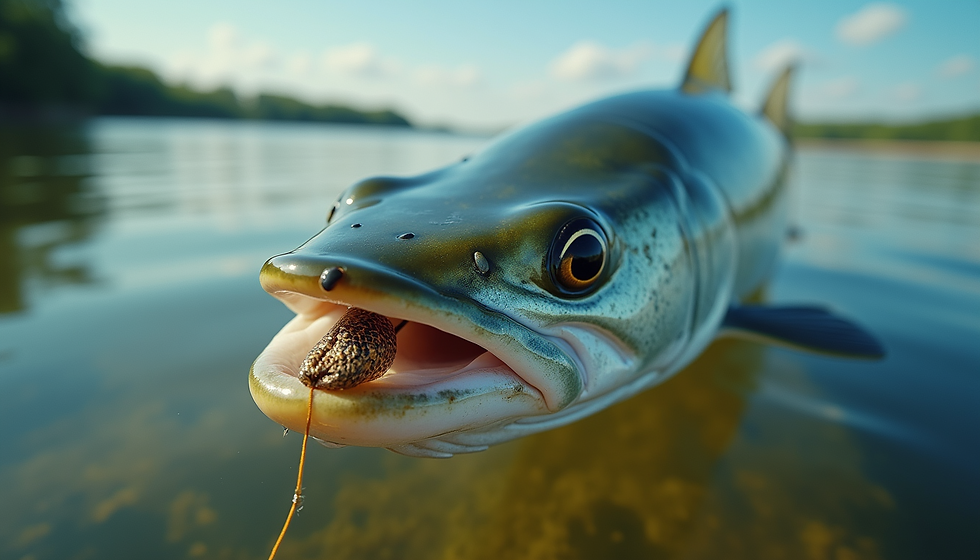Catch and Release: Best Practices for Sustainable Fishing
- nickjackson0894
- Nov 6
- 3 min read
Fishing connects people with nature and provides enjoyment and food. Yet, overfishing and careless handling of fish can harm aquatic ecosystems. Catch and release fishing offers a way to enjoy the sport while protecting fish populations. This practice helps maintain healthy fish numbers and supports sustainable fishing for future generations.
Why Catch and Release Matters
Fish populations face pressure from habitat loss, pollution, and overharvesting. When anglers catch fish and keep them, it reduces the number of breeding adults. Catch and release allows fish to survive after being caught, giving them a chance to reproduce and keep populations stable.
Sustainable fishing depends on responsible behavior. Catch and release is one tool that anglers can use to reduce their impact. It helps preserve biodiversity and ensures that fishing remains a viable activity for years to come.
Preparing for Catch and Release
Successful catch and release starts before you even hook a fish. Here are some key steps to prepare:
Use barbless hooks or circle hooks. These hooks cause less injury and make it easier to release fish quickly.
Choose tackle that matches the size of the fish you expect to catch. This reduces fight time and stress on the fish.
Keep your fishing gear clean and free of harmful chemicals that could transfer to the water.
Having the right gear and mindset helps protect fish from unnecessary harm. It also speeds up the release process, increasing the fish’s chance of survival.

.
Handling Fish with Care
How you handle a fish after catching it determines its survival. Follow these best practices:
Wet your hands before touching the fish to protect its slime coat, which defends against infections.
Avoid squeezing the fish or touching its gills and eyes.
Use a rubber or knotless net to reduce scale damage if you need to net the fish.
Keep the fish in the water as much as possible. If you must lift it out, do so briefly.
Minimizing physical damage and stress improves the fish’s chances of swimming away healthy. Taking your time and being gentle makes a big difference.
Removing the Hook Safely
Removing the hook quickly and carefully is critical. Here’s how to do it right:
Use needle-nose pliers or a hook remover tool for better control.
If the hook is deeply swallowed, cut the line close to the hook instead of forcing removal.
For barbless hooks, removal is easier and less damaging.
If the fish struggles too much or the hook is difficult to remove, cutting the line is better than causing injury. The hook will eventually rust or fall out naturally.
Reviving Fish Before Release
Some fish need help recovering before they swim away. To revive a fish:
Hold it gently in the water facing upstream so water flows through its gills.
Move the fish slowly back and forth to encourage oxygen flow.
Release the fish only when it shows strong swimming ability.
Reviving fish reduces the risk of delayed mortality. It gives them a better chance to survive after release.
Examples of Catch and Release Success
Studies show that fish released with proper care have survival rates above 90%. For example, trout released in cold, oxygen-rich streams often recover fully. In saltwater, species like redfish and snook also show high survival when handled correctly.
Anglers who practice catch and release contribute to healthier fisheries. Their efforts help maintain fish populations and support local economies that depend on fishing tourism.
Final Thoughts on Sustainable Fishing
Catch and release is a simple but powerful way to protect fish and enjoy fishing responsibly. Using the right gear, handling fish gently, removing hooks carefully, and reviving fish before release all improve survival rates.




Comments